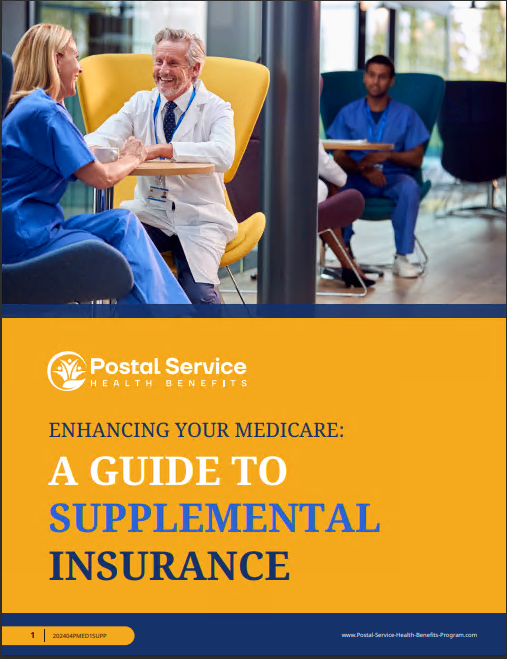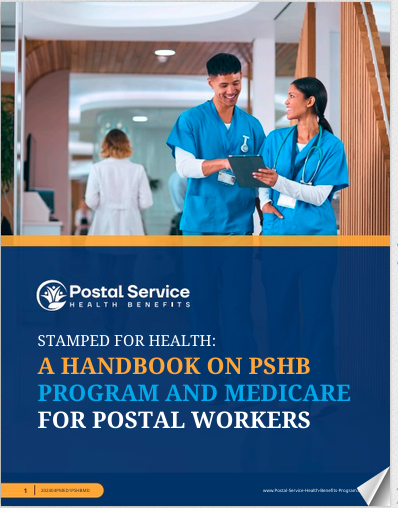Key Takeaways:
- Postal employees and retirees must act during the Postal Service Health Benefits (PSHB) Open Season from November 11, 2024, to December 9, 2024, to ensure they are enrolled in the right plan for 2025.
- Automatic enrollment will cover most employees, but reviewing available options may reveal significant cost savings, especially for Medicare-eligible participants.
Countdown to PSHB Open Season 2024 — What Postal Workers Can’t Afford to Miss This Year
With the 2024 Postal Service Health Benefits (PSHB) Open Season just around the corner, USPS employees, retirees, and their families need to be prepared for one of the most crucial decision-making periods regarding their health insurance. The PSHB Open Season, running from November 11, 2024, to December 9, 2024, marks a significant transition for many Postal Service workers, especially as the program fully integrates with the Federal Employees Health Benefits (FEHB) program, albeit with specific provisions designed for Postal employees.
Whether you’re an active Postal worker or a retiree, understanding the nuances of this year’s PSHB Open Season could mean the difference between sticking with default coverage or opting for a plan that better suits your health and financial needs.
What is PSHB, and Why is This Open Season Important?
The Postal Service Health Benefits (PSHB) program is a new initiative stemming from the Postal Service Reform Act of 2022. While it is housed under the broader FEHB program, PSHB offers exclusive health plans designed for Postal employees, annuitants, and their families. The 2024 Open Season is especially critical as it coincides with the first major transition of Postal employees and retirees to PSHB plans.
If you’re already enrolled in the FEHB, you might assume your coverage will carry over automatically, but this year’s Open Season presents new options that may better align with your needs. Everyone should take the time to evaluate their choices, especially considering the potential cost savings for those also enrolled in Medicare.
Automatic Enrollment—What You Need to Know
A key feature of the 2024 Open Season is automatic enrollment. If you are a Postal employee or retiree already enrolled in an FEHB plan, you will automatically be transitioned into a comparable PSHB plan for the 2025 coverage year. This ensures that nobody is left without coverage. Over 90% of enrollees will be mapped into an equivalent PSHB plan based on their current FEHB option.
However, automatic enrollment doesn’t mean you should ignore the Open Season altogether. While the default option may cover your basic needs, taking the time to explore different PSHB plans might help you uncover plans that offer better coverage or lower costs for your specific situation. For example, if you’re Medicare-eligible, certain PSHB plans might waive deductibles or offer Medicare Part B premium reimbursement, significantly reducing your out-of-pocket expenses.
Why Medicare-Eligible Postal Workers Should Pay Extra Attention
If you are eligible for Medicare, the 2024 PSHB Open Season is particularly important. Many plans are designed to coordinate with Medicare, potentially offering significant cost savings. For example, some PSHB plans might reduce or eliminate cost-sharing requirements for services covered by Medicare, effectively lowering your medical bills for the year. Additionally, some plans could provide reimbursement for Part B premiums, which can help offset one of the largest expenses for Medicare enrollees.
If you are already enrolled in Medicare or plan to enroll soon, this Open Season is the perfect time to compare how different PSHB plans work with your Medicare benefits. Opting for a plan that seamlessly integrates with Medicare could lead to reduced out-of-pocket expenses in 2025 and beyond.
Navigating the New PSHB Plan Options
While automatic enrollment ensures coverage, it’s essential to take the time to explore all available PSHB options. Postal employees and retirees can access various tools provided by the Office of Personnel Management (OPM) to compare plans, including detailed benefits summaries and cost-sharing information.
One such tool is the Plan Comparison Tool, which allows enrollees to input personal details and preferences to find the most cost-effective plan for their situation. Whether you’re looking for more robust prescription drug coverage, lower deductibles, or access to a specific network of providers, this tool can guide you to the right plan.
Postal workers who are nearing retirement should also pay close attention to how PSHB plans transition into retirement benefits. Some plans may offer more favorable terms for retirees, especially those with Medicare.
Special Considerations for Retirees and Annuitants
For Postal retirees and annuitants, the PSHB Open Season offers a unique opportunity to reassess their health coverage needs. As you age, your healthcare requirements may change, and what worked for you as an active employee may no longer be the best fit in retirement.
For retirees who are also Medicare enrollees, PSHB plans offer specific benefits that complement Medicare coverage. Retirees should closely review plans that offer low or no-cost-sharing for services already covered by Medicare, which can result in significant savings throughout the year.
Additionally, retirees should consider how PSHB plans handle prescription drug coverage, as some may offer more favorable terms than standalone Medicare Part D plans. Making the right choice during this Open Season could help retirees avoid gaps in coverage and reduce overall healthcare costs.
Steps to Take Before PSHB Open Season
Preparing for Open Season doesn’t have to be overwhelming. Here are a few steps every Postal worker, retiree, and family member should take before November 11, 2024:
-
Review Current Coverage: Take stock of your current FEHB plan and how well it has served you over the past year. Consider any gaps in coverage or areas where you spent more than expected.
-
Explore PSHB Options: Use OPM’s Plan Comparison Tool to explore the various PSHB plans available for 2025. Pay close attention to how these plans integrate with Medicare, if applicable, and whether they offer better cost-sharing options.
-
Check for Cost-Saving Opportunities: If you’re eligible for Medicare, ensure that you are choosing a PSHB plan that offers premium reimbursement or lower out-of-pocket costs. These savings can add up, especially for those on a fixed income.
-
Consult With HR or a Licensed Insurance Agent: If you’re unsure about the best plan for your needs, reach out to your HR department or a licensed insurance agent who can guide you through the options based on your unique circumstances.
Avoid Common Mistakes
While the automatic enrollment process is designed to make the transition easier, there are still common pitfalls to avoid during the 2024 Open Season. One mistake is assuming that the default plan will always be the best fit. While most enrollees will be placed in a comparable plan, it’s still essential to compare benefits, particularly if your health needs have changed.
Another common mistake is overlooking Medicare integration. If you’re eligible for Medicare but don’t choose a plan that coordinates well with it, you could miss out on significant savings. Take the time to understand how each PSHB plan interacts with Medicare, especially in terms of premium reimbursement and cost-sharing waivers.
Finally, don’t wait until the last minute to make your decision. The 2024 PSHB Open Season runs from November 11 to December 9, 2024, but it’s easy to let the deadline sneak up on you. Start exploring your options now so that you have plenty of time to make an informed decision.
How PSHB Plans Impact Family Coverage
If you have family members covered under your current FEHB plan, it’s essential to understand how the transition to PSHB will affect their coverage. During the Open Season, you can add or remove dependents from your plan, ensuring that your family is fully covered for 2025.
When comparing PSHB plans, look at how each plan handles family coverage and whether there are any limits on dependents or changes to the types of services covered. Some plans may offer better pediatric care or lower-cost preventive services, which can benefit families with young children.
What Happens If You Don’t Act During Open Season?
While automatic enrollment ensures coverage for most Postal workers and retirees, failing to act during Open Season could result in missed opportunities for cost savings. If you don’t review your plan options, you might end up paying more for services you don’t need or missing out on plans with better benefits.
For example, if you’re eligible for Medicare and don’t select a plan that offers Part B premium reimbursement, you could end up paying hundreds of dollars more each year than necessary. Taking a few minutes to compare your options could result in significant long-term savings.
Ensuring the Best Coverage for 2025 and Beyond
The 2024 PSHB Open Season is a pivotal time for Postal employees and retirees to secure the best health coverage for 2025. By understanding the new PSHB options, exploring how these plans integrate with Medicare, and avoiding common pitfalls, you can make informed decisions that benefit both your health and your finances.







